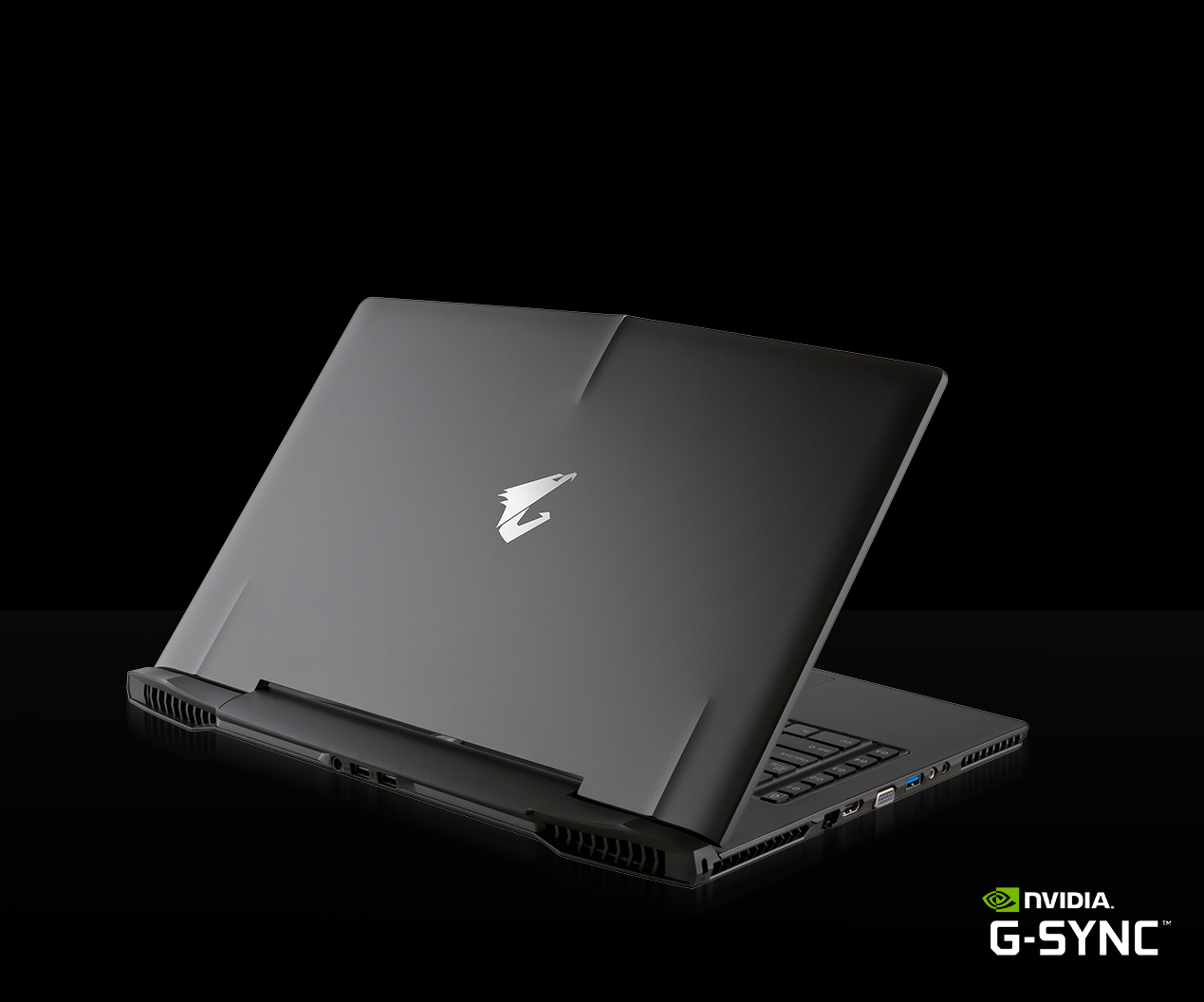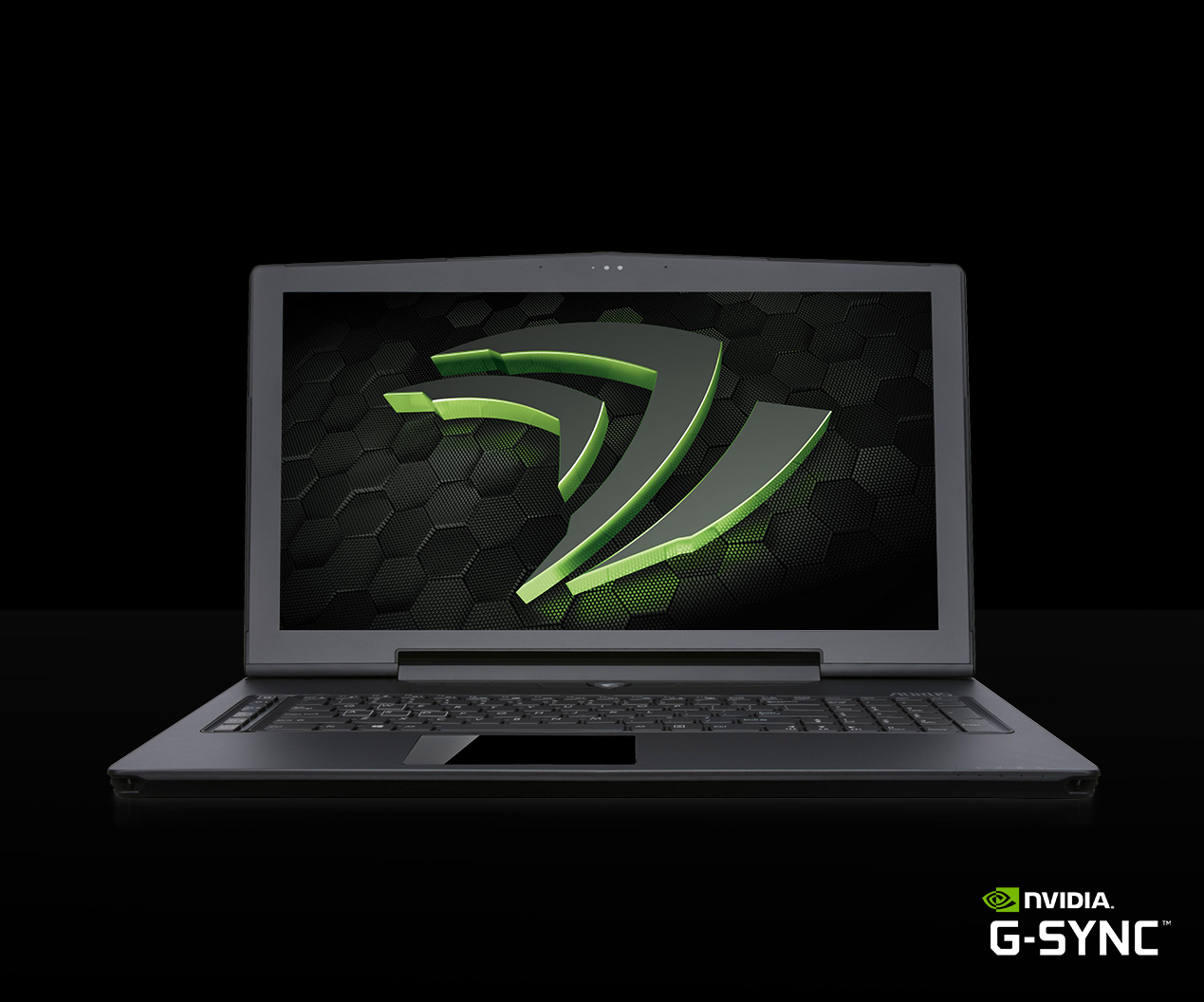G-SYNC Gets Even Better With New Features, New Monitors & Game Changing G-SYNC Notebooks
NVIDIA revolutionized computer displays in 2013 with the introduction of variable refresh rates, enabling gamers to enjoy highly responsive, tear-free, stutter-free experiences on G-SYNC monitors. Reviews are phenomenal, and gamers everywhere agree that it’s painful to play on anything other than a G-SYNC display once you’re used to the flawless experience it provides.
Today, we’re making G-SYNC even better with the launch of new advanced features, by bringing G-SYNC to notebooks, and by announcing a new wave of desktop monitors that include 4K IPS screens, a 2560x1080 VA monitor, and a curved 34” 3440x1440 ultra-wide beauty.
New G-SYNC Features
Earlier today we launched the 353.06 GeForce Game Ready Drivers. In addition to the latest performance optimizations and support for the new GeForce GTX 980 Ti, the new Game Ready drivers introduce Windowed Mode for G-SYNC, enabling you to enjoy super smooth gaming whilst playing in a window or borderless window.
Now, you can enjoy a tear-free, stutter-free experience whatever your screen mode, enabling you to look at web pages and streams in a browser window while playing Hearthstone, World of Warcraft, or any other game in a window on your desktop. It’s also handy for the many excellent indie games on Steam that lack full screen options.
To enable windowed G-SYNC simply go to “Set up G-SYNC” in the NVIDIA control panel, select “Enable G-SYNC for windowed and full screen mode”, and click the “Apply” button.















